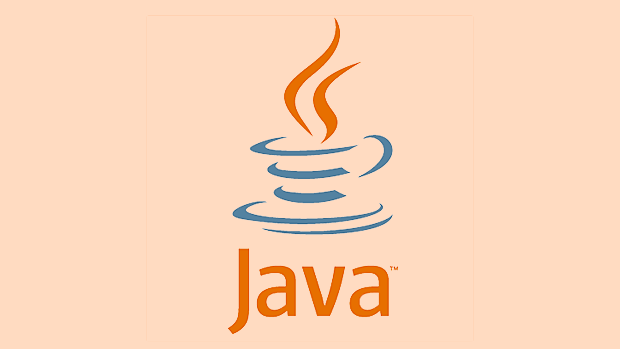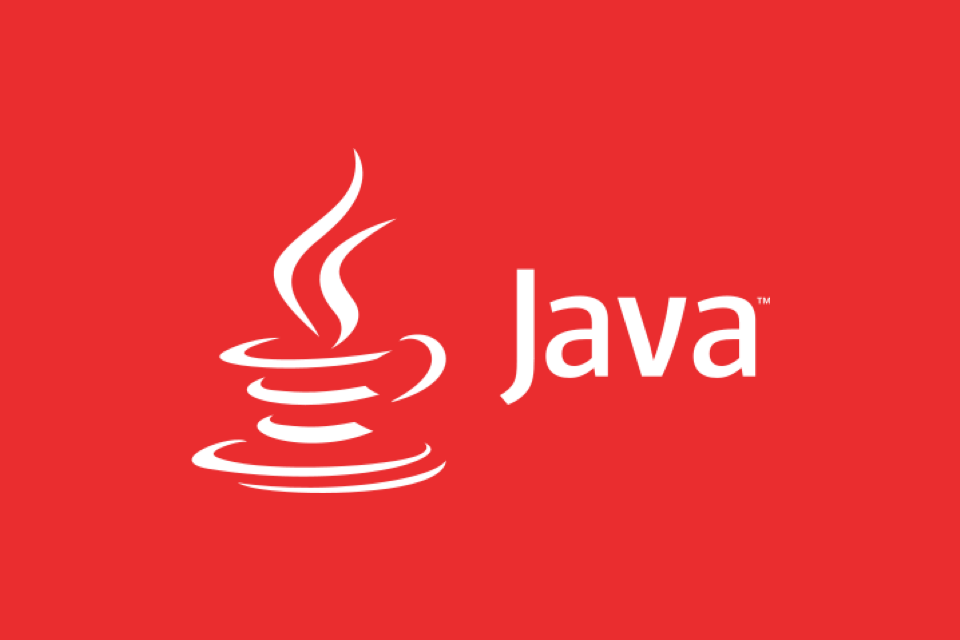How to implement a Trie data structure in Java?
Jul 13, 2025 am 01:16 AMThe core of implementing the Trie tree is to design the node structure and correctly handle the insertion and search logic. 1. The TrieNode class contains a character array or hash table to indicate whether the child nodes and markers are endings; 2. Insert operation to build a character-by-character path and mark the end of the word at the end; 3. The search operation is divided into two situations: complete word matching and prefix matching; 4. It is necessary to consider edge cases such as empty strings, case sensitivity, memory optimization, etc. and improvement directions.

Implementing a trie (prefix tree) in Java is a common task when dealing with problems related to string searching, autocomplete features, or dictionary implementations. The core idea behind a trie is that each node represents a character, and paths from the root to nodes represent possible strings.

Basic Structure of a Trie Node
To start building a trie, you first need a TrieNode class. This class will represent each character in the trie and contain:
- An array or map of children (dependent on whether you're using a fixed alphabet like lowercase English letters or a more general approach).
- A flag to indicate if the node marks the end of a word.
class TrieNode {
private TrieNode[] children;
private boolean isEndOfWord;
private static final int ALPHABET_SIZE = 26; // assuming only lowercase English letters
public TrieNode() {
children = new TrieNode[ALPHABET_SIZE];
isEndOfWord = false;
}
public TrieNode getChild(char ch) {
return children[ch - 'a'];
}
public void setChild(char ch, TrieNode node) {
children[ch - 'a'] = node;
}
public boolean isEndOfWord() {
return isEndOfWord;
}
public void setEndOfWord(boolean endOfWord) {
isEndOfWord = endOfWord;
}
} Using an array here makes looksups faster since we can directly index into the correct position using ch - 'a' . If you expect other characters (like uppercase or symbols), consider using a HashMap<Character, TrieNode> instead.

Inserting Words into the Trie
Insertion involves going through each character of the word and adding nodes as needed. Start at the root node and for each character:
- If the child node doesn't exist, create it.
- Move to the child node.
- At the end of the word, mark the last node as the end of a word.
Here's how that looks in code:

public class Trie {
private TrieNode root;
public Trie() {
root = new TrieNode();
}
public void insert(String word) {
TrieNode current = root;
for (char ch : word.toCharArray()) {
if (current.getChild(ch) == null) {
current.setChild(ch, new TrieNode());
}
current = current.getChild(ch);
}
current.setEndOfWord(true);
}
}This ensures that all words are stored efficiently and overlapping prefixes are shared among different words.
Searching for Words or Prefixes
Searching works similarly to insertion but stops early if a character isn't found. There are two main cases:
- Exact word match – requires reaching the end of the word and checking if
isEndOfWordis true. - Prefix search – just checks whether the path exists, regardless of
isEndOfWord.
public boolean search(String word) {
TrieNode current = root;
for (char ch : word.toCharArray()) {
current = current.getChild(ch);
if (current == null) {
return false;
}
}
return current.isEndOfWord(); // Only return true if it's marked as end of a word
}
public boolean startsWith(String prefix) {
TrieNode current = root;
for (char ch : prefix.toCharArray()) {
current = current.getChild(ch);
if (current == null) {
return false;
}
}
return true;
}These methods make it easy to support both exact searches and autocomplete-style suggestions.
Handling Edge Cases and Improvements
A few edge cases are worth considering:
- Empty strings: You might want to decide whether to allow them or not.
- Case sensitivity: Convert input to lowercase before processing unless you want case-sensitive behavior.
- Memory optimization: For large datasets, consider compressing the trie or switching to a ternary search tree.
Also, if you're planning to implement deletion later, keep track of how many words use each node so you know when it's safe to remove one.
So, implementing a basic trie in Java boils down to creating a proper node structure and carefully handling insertion and lookup logic. It's not too complicated once you get the structure right, but small mistakes — like forgetting to mark the end of a word — can cause bugs that are tricky to trace.
Basically that's it.
The above is the detailed content of How to implement a Trie data structure in Java?. For more information, please follow other related articles on the PHP Chinese website!

Hot AI Tools

Undress AI Tool
Undress images for free

Undresser.AI Undress
AI-powered app for creating realistic nude photos

AI Clothes Remover
Online AI tool for removing clothes from photos.

Clothoff.io
AI clothes remover

Video Face Swap
Swap faces in any video effortlessly with our completely free AI face swap tool!

Hot Article

Hot Tools

Notepad++7.3.1
Easy-to-use and free code editor

SublimeText3 Chinese version
Chinese version, very easy to use

Zend Studio 13.0.1
Powerful PHP integrated development environment

Dreamweaver CS6
Visual web development tools

SublimeText3 Mac version
God-level code editing software (SublimeText3)

Hot Topics
 Asynchronous Programming Techniques in Modern Java
Jul 07, 2025 am 02:24 AM
Asynchronous Programming Techniques in Modern Java
Jul 07, 2025 am 02:24 AM
Java supports asynchronous programming including the use of CompletableFuture, responsive streams (such as ProjectReactor), and virtual threads in Java19. 1.CompletableFuture improves code readability and maintenance through chain calls, and supports task orchestration and exception handling; 2. ProjectReactor provides Mono and Flux types to implement responsive programming, with backpressure mechanism and rich operators; 3. Virtual threads reduce concurrency costs, are suitable for I/O-intensive tasks, and are lighter and easier to expand than traditional platform threads. Each method has applicable scenarios, and appropriate tools should be selected according to your needs and mixed models should be avoided to maintain simplicity
 Understanding Java NIO and Its Advantages
Jul 08, 2025 am 02:55 AM
Understanding Java NIO and Its Advantages
Jul 08, 2025 am 02:55 AM
JavaNIO is a new IOAPI introduced by Java 1.4. 1) is aimed at buffers and channels, 2) contains Buffer, Channel and Selector core components, 3) supports non-blocking mode, and 4) handles concurrent connections more efficiently than traditional IO. Its advantages are reflected in: 1) Non-blocking IO reduces thread overhead, 2) Buffer improves data transmission efficiency, 3) Selector realizes multiplexing, and 4) Memory mapping speeds up file reading and writing. Note when using: 1) The flip/clear operation of the Buffer is easy to be confused, 2) Incomplete data needs to be processed manually without blocking, 3) Selector registration must be canceled in time, 4) NIO is not suitable for all scenarios.
 Best Practices for Using Enums in Java
Jul 07, 2025 am 02:35 AM
Best Practices for Using Enums in Java
Jul 07, 2025 am 02:35 AM
In Java, enums are suitable for representing fixed constant sets. Best practices include: 1. Use enum to represent fixed state or options to improve type safety and readability; 2. Add properties and methods to enums to enhance flexibility, such as defining fields, constructors, helper methods, etc.; 3. Use EnumMap and EnumSet to improve performance and type safety because they are more efficient based on arrays; 4. Avoid abuse of enums, such as dynamic values, frequent changes or complex logic scenarios, which should be replaced by other methods. Correct use of enum can improve code quality and reduce errors, but you need to pay attention to its applicable boundaries.
 What is a Singleton design pattern in Java?
Jul 09, 2025 am 01:32 AM
What is a Singleton design pattern in Java?
Jul 09, 2025 am 01:32 AM
Singleton design pattern in Java ensures that a class has only one instance and provides a global access point through private constructors and static methods, which is suitable for controlling access to shared resources. Implementation methods include: 1. Lazy loading, that is, the instance is created only when the first request is requested, which is suitable for situations where resource consumption is high and not necessarily required; 2. Thread-safe processing, ensuring that only one instance is created in a multi-threaded environment through synchronization methods or double check locking, and reducing performance impact; 3. Hungry loading, which directly initializes the instance during class loading, is suitable for lightweight objects or scenarios that can be initialized in advance; 4. Enumeration implementation, using Java enumeration to naturally support serialization, thread safety and prevent reflective attacks, is a recommended concise and reliable method. Different implementation methods can be selected according to specific needs
 What is an anonymous inner class?
Jul 07, 2025 am 02:18 AM
What is an anonymous inner class?
Jul 07, 2025 am 02:18 AM
Anonymous internal classes are used in Java to create subclasses or implement interfaces on the fly, and are often used to override methods to achieve specific purposes, such as event handling in GUI applications. Its syntax form is a new interface or class that directly defines the class body, and requires that the accessed local variables must be final or equivalent immutable. Although they are convenient, they should not be overused. Especially when the logic is complex, they can be replaced by Java8's Lambda expressions.
 Java String vs StringBuilder vs StringBuffer
Jul 09, 2025 am 01:02 AM
Java String vs StringBuilder vs StringBuffer
Jul 09, 2025 am 01:02 AM
String is immutable, StringBuilder is mutable and non-thread-safe, StringBuffer is mutable and thread-safe. 1. Once the content of String is created cannot be modified, it is suitable for a small amount of splicing; 2. StringBuilder is suitable for frequent splicing of single threads, and has high performance; 3. StringBuffer is suitable for multi-threaded shared scenarios, but has a slightly lower performance; 4. Reasonably set the initial capacity and avoid using String splicing in loops can improve performance.
 mysql coalesce function
Jul 09, 2025 am 01:09 AM
mysql coalesce function
Jul 09, 2025 am 01:09 AM
The COALESCE function is used to return the first non-null value in the parameter list and is suitable for processing NULL data. 1. The basic usage is to replace the NULL value, such as replacing the empty field with the default contact method; 2. It can be used to set the default value in aggregate query to ensure that 0 is returned instead of NULL when there is no data; 3. It can be used in conjunction with other functions such as NULLIF and IFNULL to enhance data cleaning and logical judgment capabilities.
 What is a ThreadLocal in Java?
Jul 09, 2025 am 02:25 AM
What is a ThreadLocal in Java?
Jul 09, 2025 am 02:25 AM
ThreadLocal is used in Java to create thread-private variables, each thread has an independent copy to avoid concurrency problems. It stores values ??through ThreadLocalMap inside the thread. Pay attention to timely cleaning when using it to prevent memory leakage. Common uses include user session management, database connections, transaction context, and log tracking. Best practices include: 1. Call remove() to clean up after use; 2. Avoid overuse; 3. InheritableThreadLocal is required for child thread inheritance; 4. Do not store large objects. The initial value can be set through initialValue() or withInitial(), and the initialization is delayed until the first get() call.






